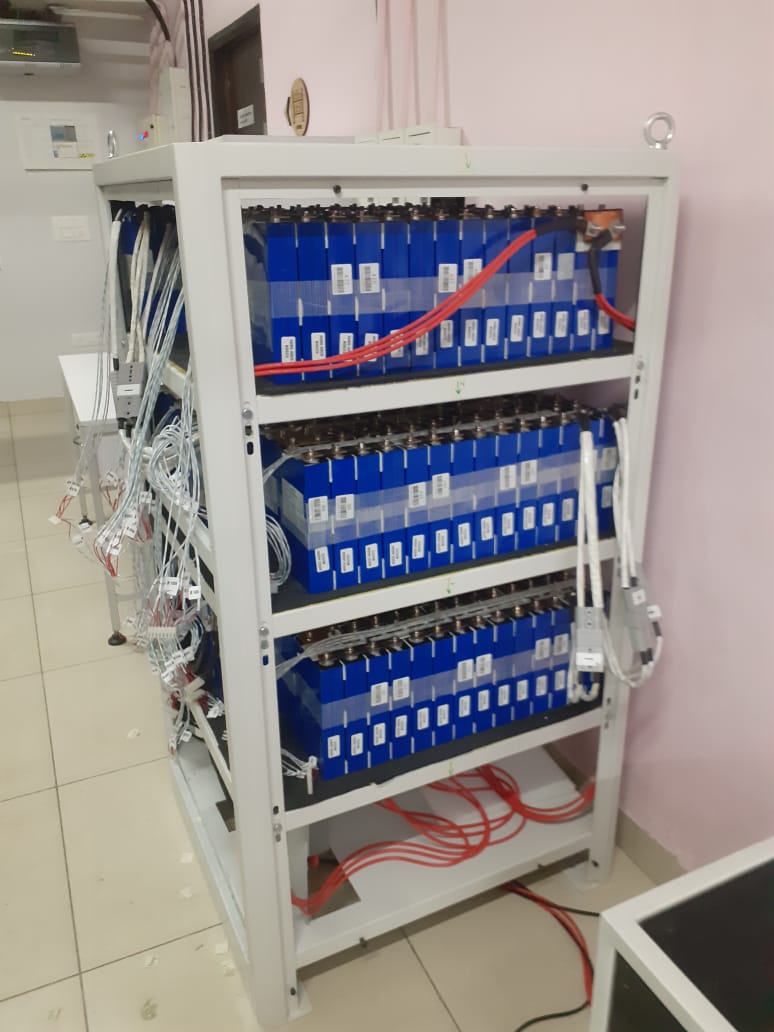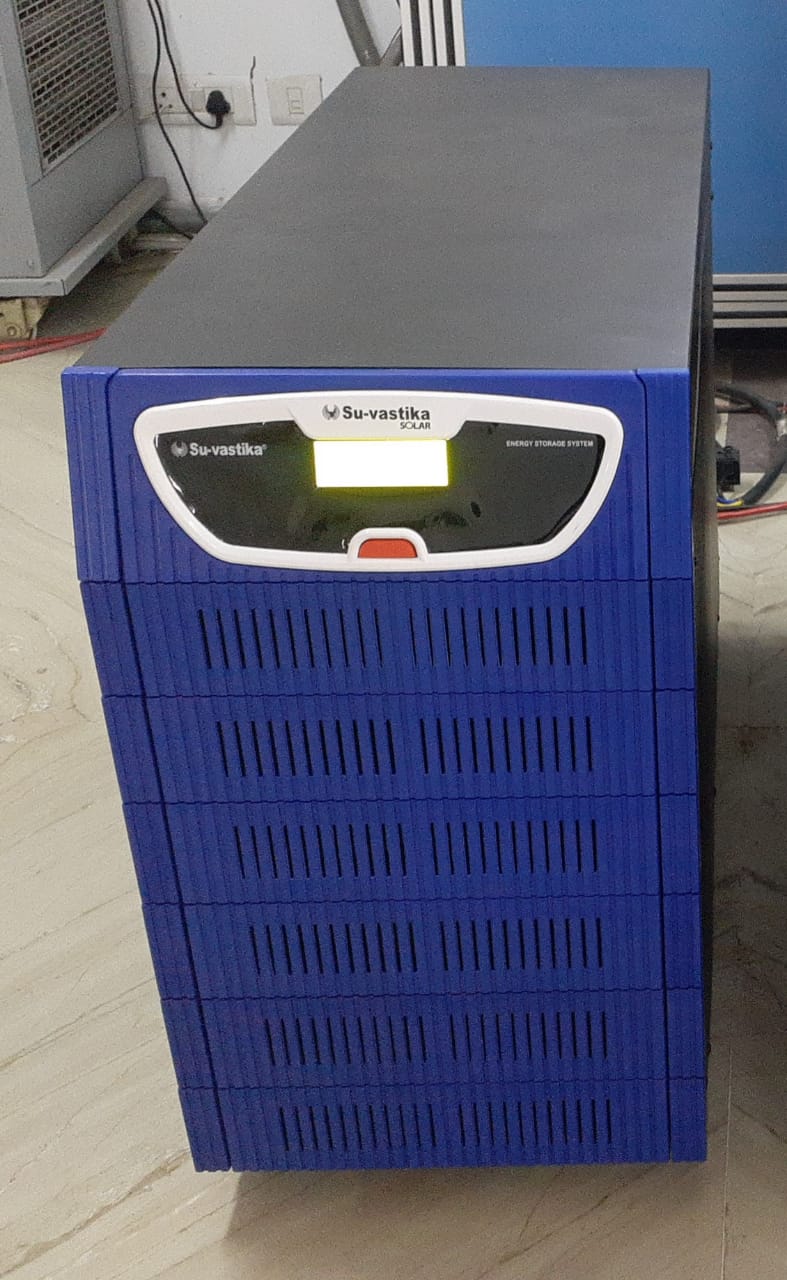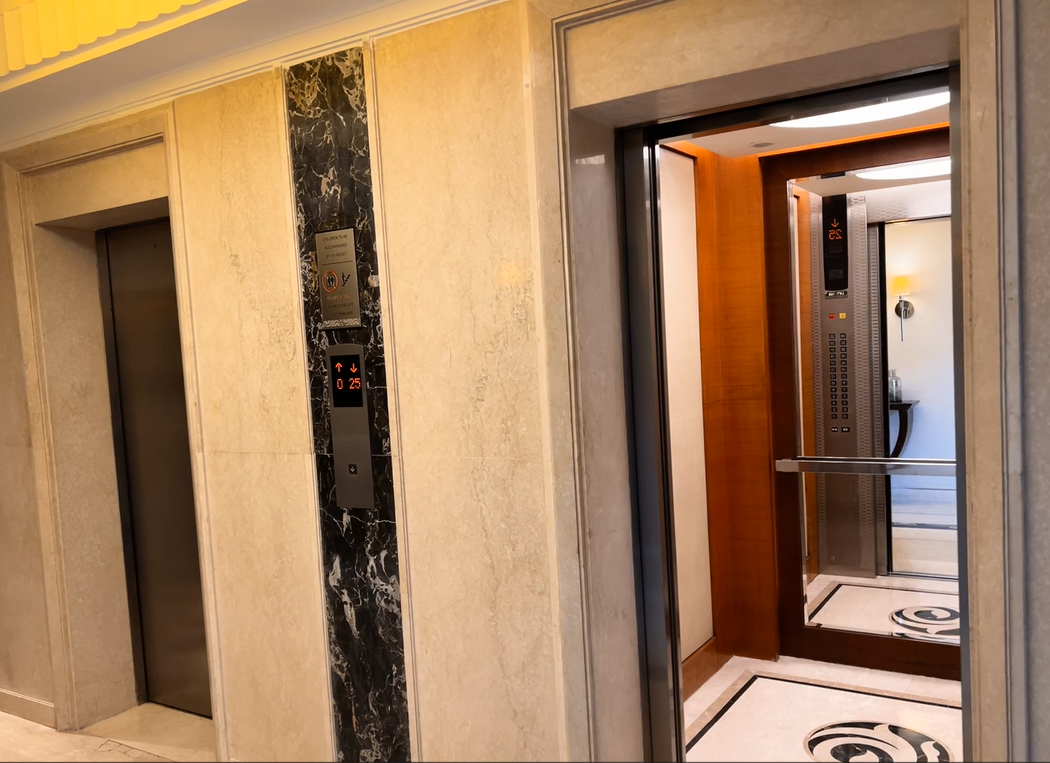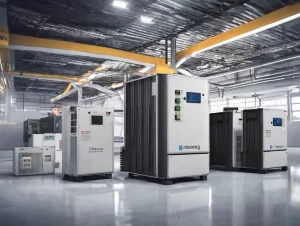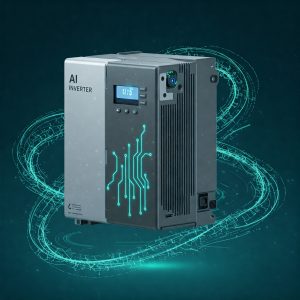A pure sine wave inverter is a type of power inverter that converts direct current (DC) electricity into a clean and stable alternating current (AC) electricity with a waveform that closely resembles the smooth sinusoidal waveform of utility grid power. In contrast, some other types of inverters produce modified sine wave or square wave output, which have less smooth waveforms and may introduce harmonic distortion.

The key features and advantages of a pure sine wave inverter are as follows:
High-Quality Output: Pure sine wave inverters produce an output that closely mimics the power supplied by the utility grid. This means the output voltage rises and falls smoothly, resulting in a high-quality and stable AC electricity, just like the power you get from a wall outlet.
Compatibility: Pure sine wave output is compatible with almost all types of electrical appliances and devices. It ensures the proper functioning and optimal performance of sensitive electronics, such as computers, laptops, medical equipment, and audio/video devices.

Reduced Heat and Noise: Appliances running on pure sine wave power tend to run cooler and quieter compared to those powered by modified sine wave or square wave inverters. This is because the appliances experience less stress and heating due to the smooth nature of the waveform.
Efficiency: While pure sine wave inverters are generally less efficient than modified sine wave inverters, they are more efficient than square wave inverters. This efficiency ensures that less power is wasted during the conversion process.
Reduced Interference: Pure sine wave inverters create minimal electromagnetic interference, reducing the risk of potential interference with nearby electronic devices and radio/communication systems.
Motor Performance: Certain types of motors, like those found in some appliances and power tools, operate more efficiently and run cooler when powered by pure sine wave inverters, compared to modified sine wave or square wave inverters.

Applications of pure sine wave inverters include powering sensitive electronics, running household appliances, providing backup power for essential equipment during power outages, running medical devices, and supplying electricity for off-grid systems such as solar power systems and recreational vehicles (RVs).
Overall, pure sine wave inverters are considered the best choice when the quality and compatibility of the AC power output are essential, especially for sensitive and high-end electronic devices.

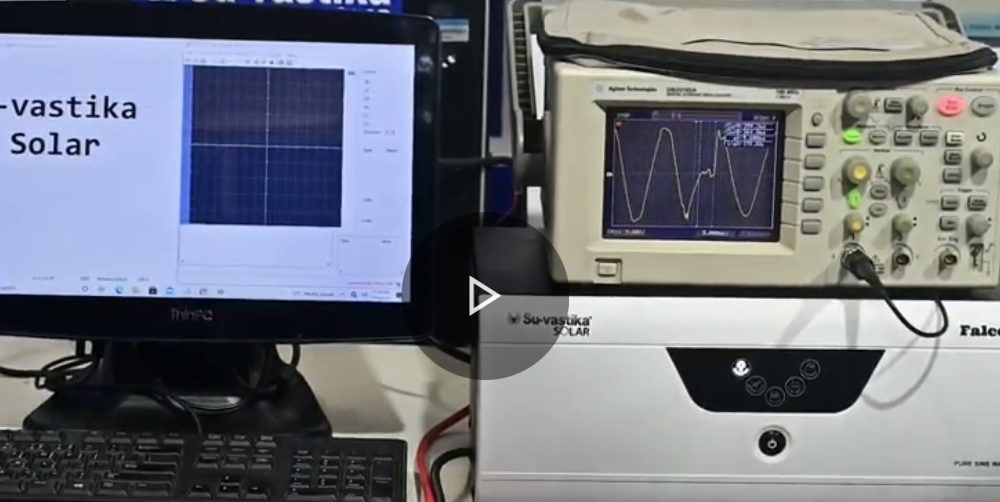
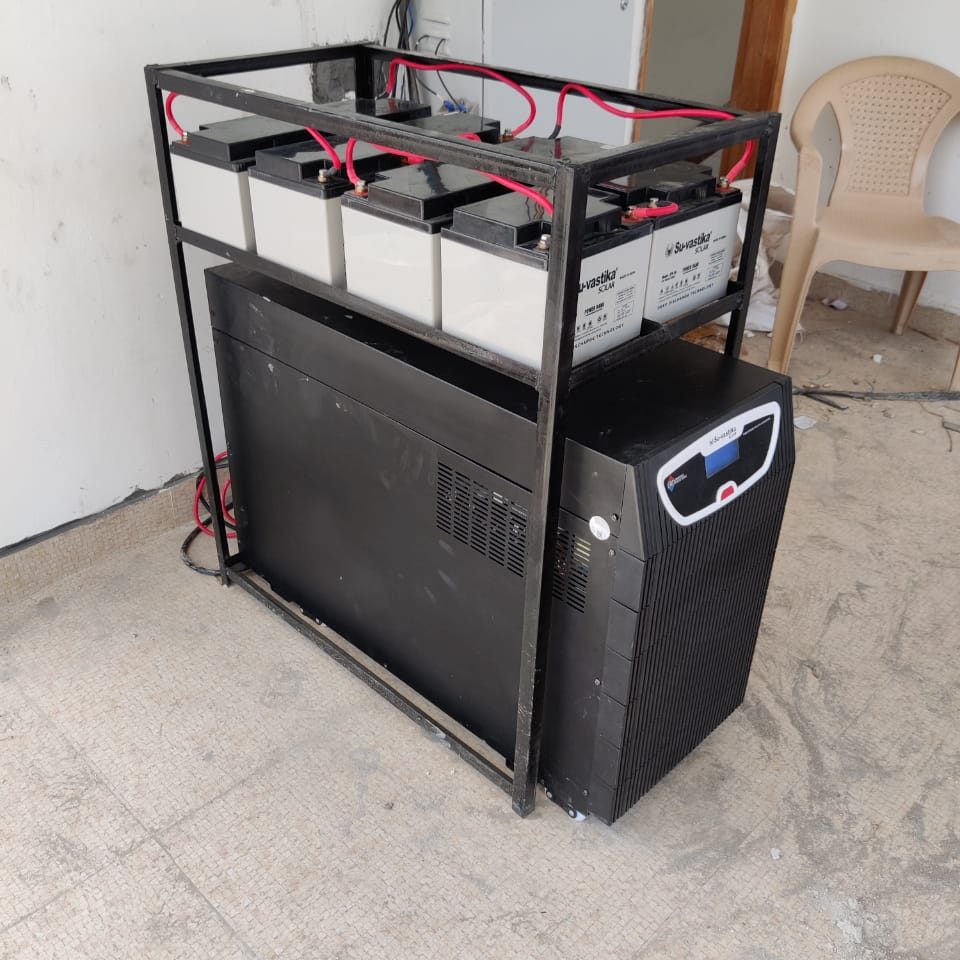
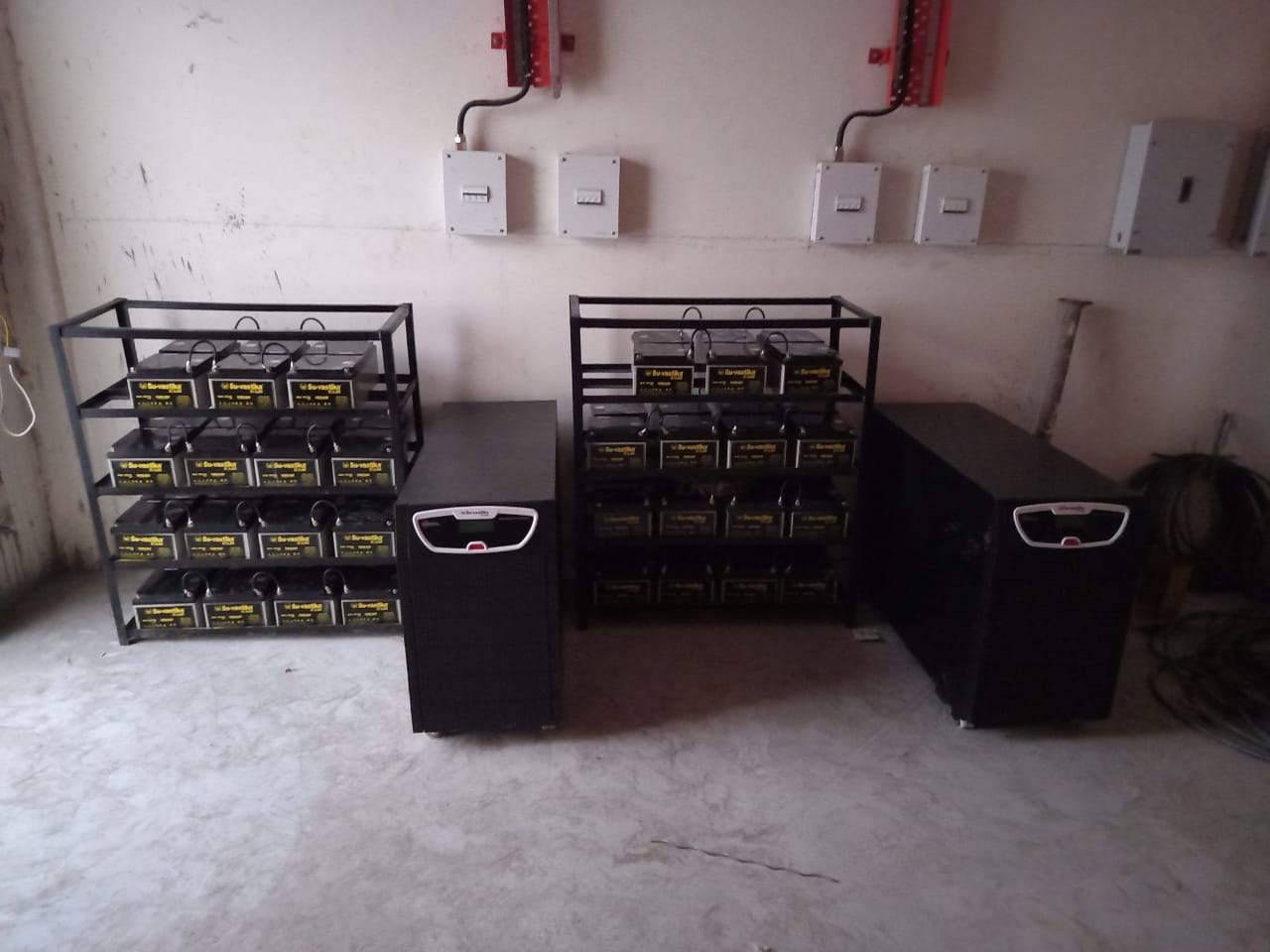
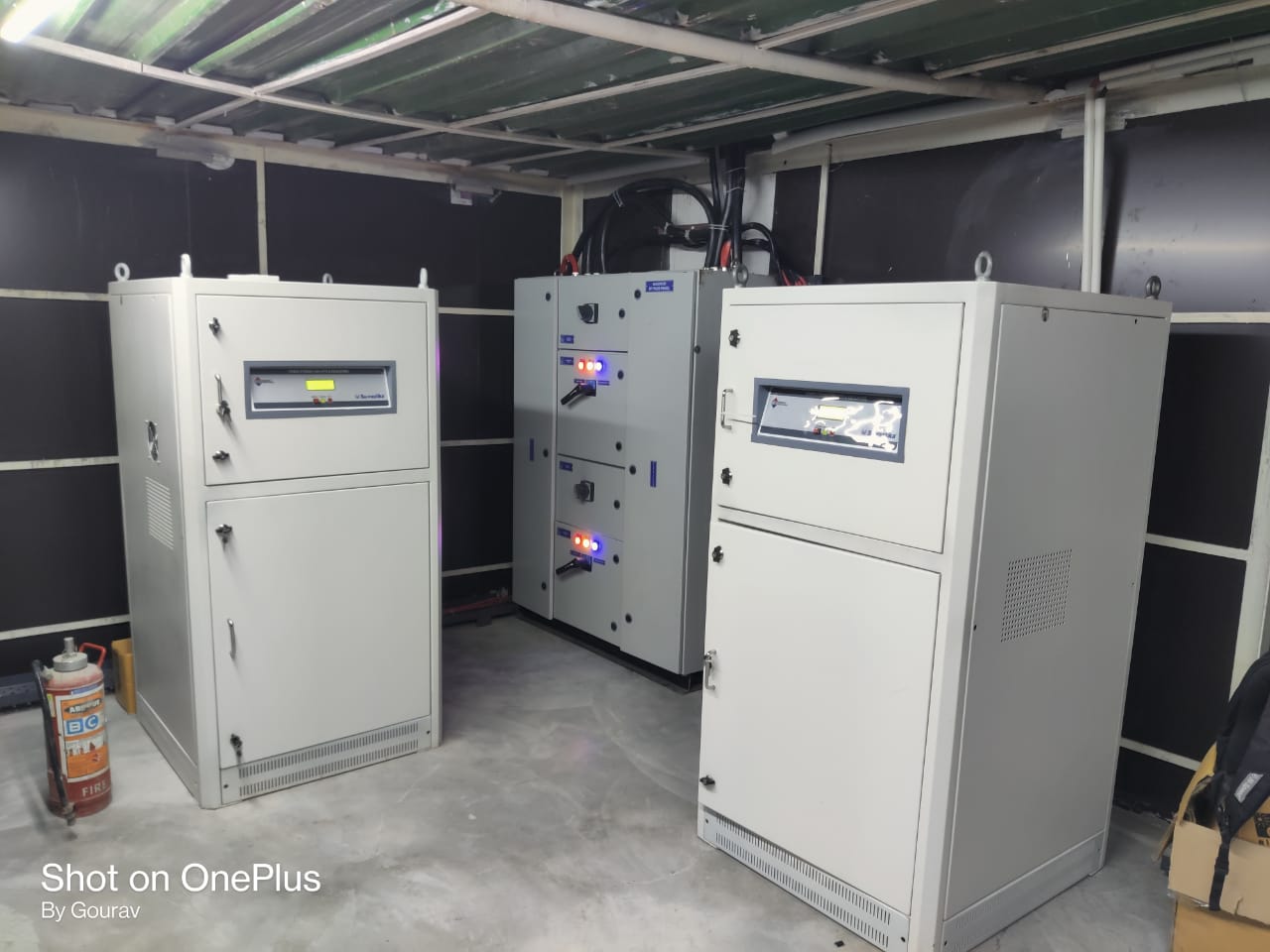

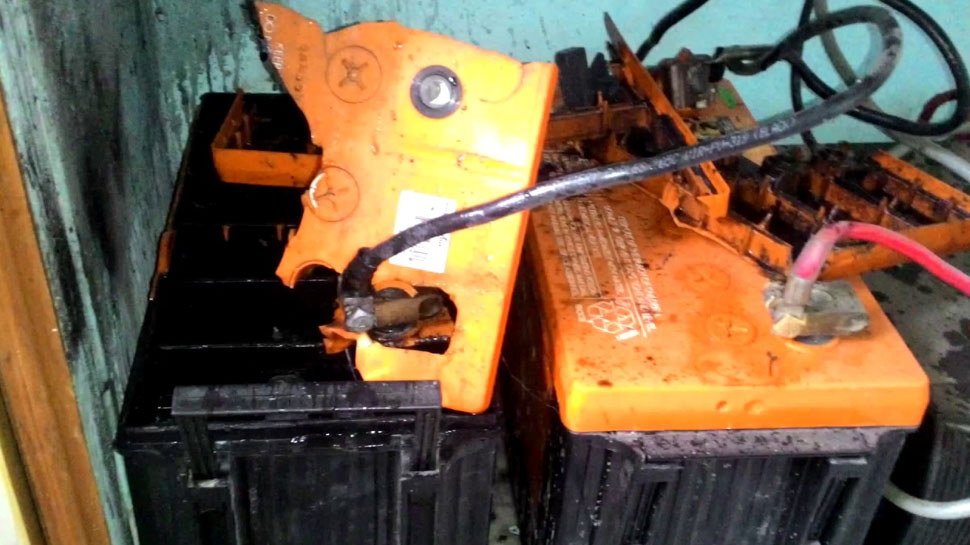}?im=Resize=(700,390))



